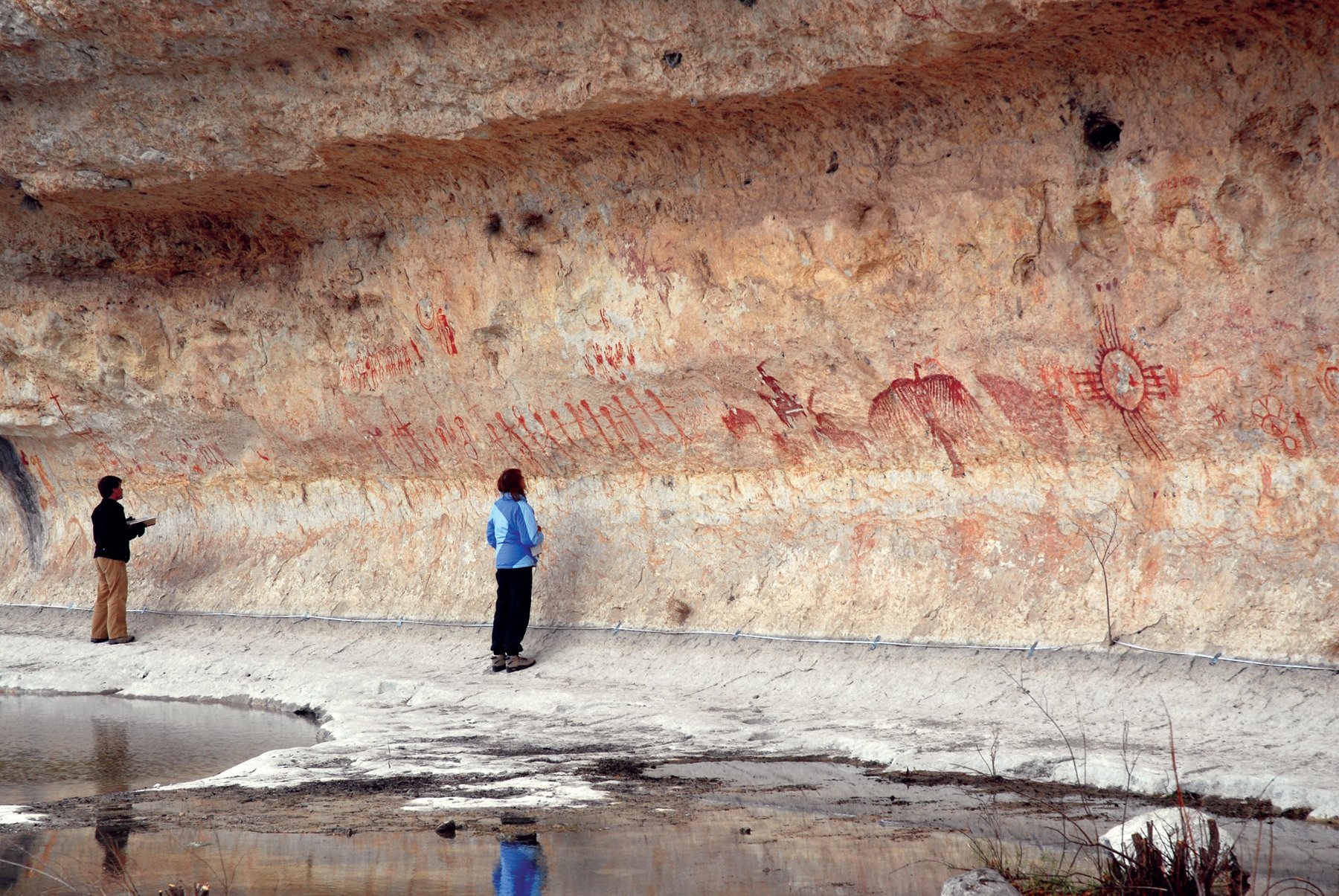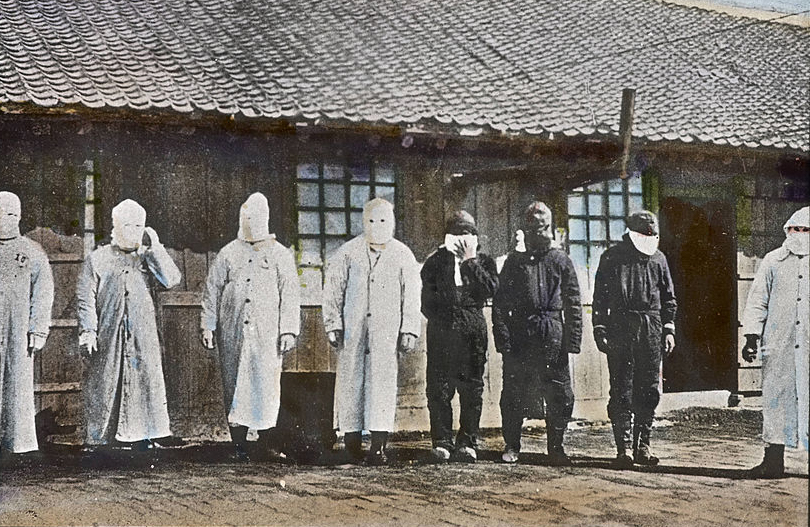Eliminating coal, oil and natural gas is the easy part of fighting climate change – Johan Rockström
by Annette Ekin To avoid climate breakdown, eliminating fossil fuels is the easy part, according to Professor Johan Rockström, co-director of the Potsdam Institute for Climate Impact Research in Germany. He says that safeguarding biological resources such as water, soil and biodiversity will be the ultimate test of whether global warming targets can be reached. … Read more






